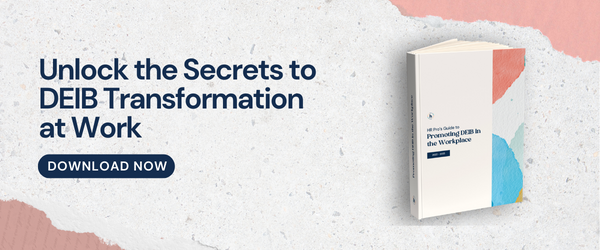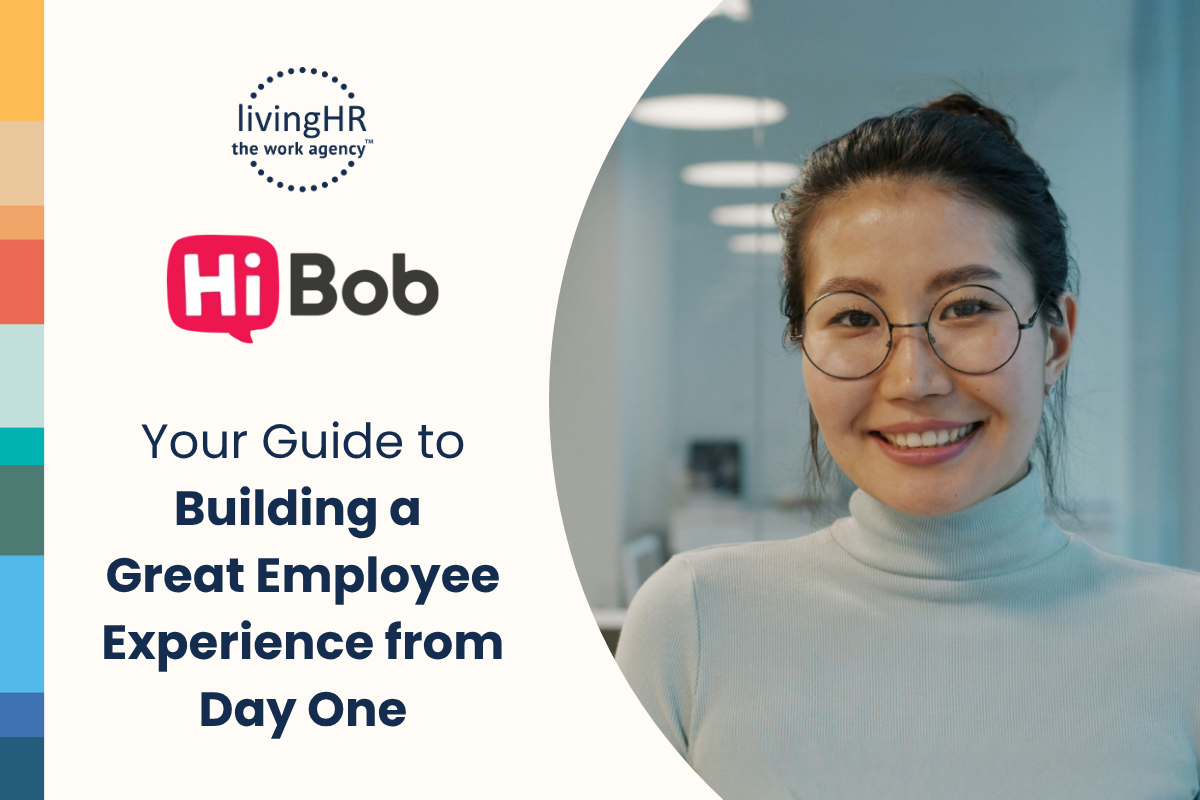Quick. Take a look around your office. What do you see? Chances are, you’re looking at a group of colleagues who can be defined as a multigenerational workforce—from baby boomers to Gen Z and generations in between. That’s because today’s workforce is more diverse than ever before and is represented by employees ranging from 18 to 80, spanning five different generations. As most employers can relate, this multigenerational workforce creates a unique workplace environment that presents exciting opportunities as well as potential challenges.
First, let’s consider the benefits. To start, a multigenerational workforce can be advantageous to an employer, especially one who knows how to leverage and grow talent at every age, because they are able to tap into a wealth of knowledge across age demographics. In fact, “having a multigenerational workforce can, and should, be a distinct advantage for companies today because the wide range of ideas and knowledge from a broad group of people can actually serve the company well and help employees excel in their work” (Forbes).
While there are many benefits associated with a multigenerational workforce, a cross-generation environment does not come without some challenges. Based on our experience, we understand that the challenges of generational differences tend to rise when three or more of these generations are in one workgroup at any time. Why? Because each generation comes to “the workplace with a distinct set of values, attitudes, and behaviors. In addition, each has their own expectations, priorities, approaches, work, and communication styles” (Huffington Post). Given this, and in order for a business to thrive, leaders must be able to adapt, connect and provide feedback to ALL employees from each generation.
While popular rhetoric likes to point out all the ways in which generations differ, prescribing phrases like “cynical and questioning of authority” and “highly sensitive” or even more positive ones like “multitaskers” or “loyal,” it’s important that managers avoid these common stereotypes since individuals don’t fit so neatly in these sets of labels. Instead, employers should focus on the “individual,” - which is the key to effectively managing multiple generations under one roof. Building off this idea of focusing on the “individual”, our team has outlined three tips for providing feedback to a multigenerational workforce, which is designed to help leaders and managers effectively use feedback to grow and empower a multigenerational workforce. Let’s check them out.
3 Tips for Managing Multigenerational Workforces
1. Tailor Feedback to the Individual
Take the time to understand where the members of your team are in their career path and what their communication-style preferences are, especially when it comes to how they communicate with a manager—both during formal and informal interactions. It’s important that managers do not “apply a blanket communication-method policy” and try to connect with employees in a way that motivates that individual. For example, “boomers may prefer to communicate by phone or in person,” and “millennials grew up being in constant communication with peers and coworkers so are accustomed to emailing, texting or sending instant messages” (Wall Street Journal).
2. Observe and Learn From Behaviors and Skills
We recommend that you make it a priority to study and understand the needs of your employees. An easy place to start? A company survey. If your company already distributes an annual (or more frequent) survey, great. If not, this may be the perfect time to start one. Either way, it’s important that the survey sprinkles in a few questions that speak to generational differences, such as “your employees’ preferred communication style and planned professional path” (Harvard Business Review). You can then “use that information to look critically at your human resources and business strategies” and address questions like:
- What matters to different employees? And how can we help address their needs?
- Are there things we can offer that would better attract a specific type of employee, i.e., a younger candidate may seek a flexible workplace, or a more experienced worker may be more interested in a structured environment? (Harvard Business Review)
3. Continual Focus on the Future Through Regular Evaluations and Frequent Check-Ins
No matter which generation you interact with the most on a daily basis, working with your employers towards a future goal while incorporating check-ins and progress evaluation is a good strategy for all generations. This approach will enable your organization to create and foster an open and collaborative environment that is mutually beneficial for both the employer and employee and signals to the employee that you are invested in a positive work culture, regardless of age or generational differences.
Final Thoughts
From age to gender to experience—all employees are unique. Take the time to understand your team’s work style and management preferences. Trust us. You (and they) will be glad you did.


.png)



